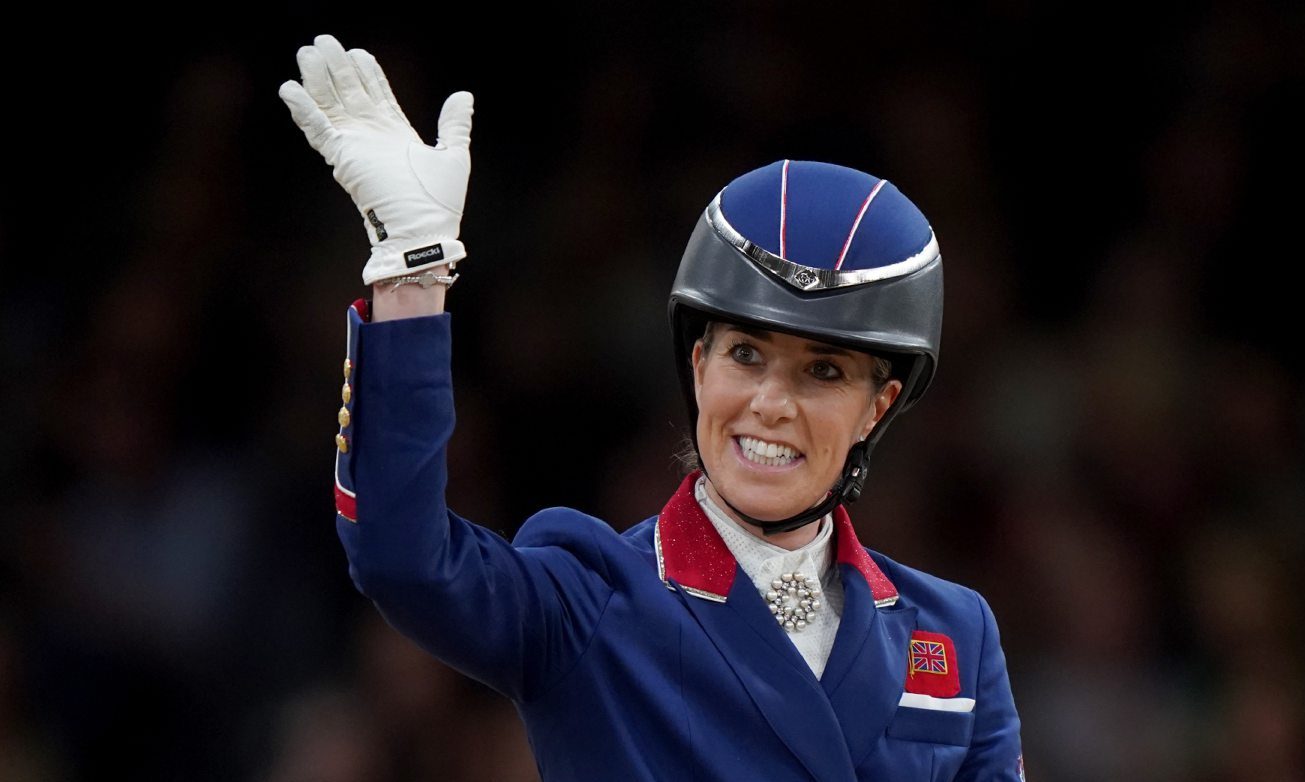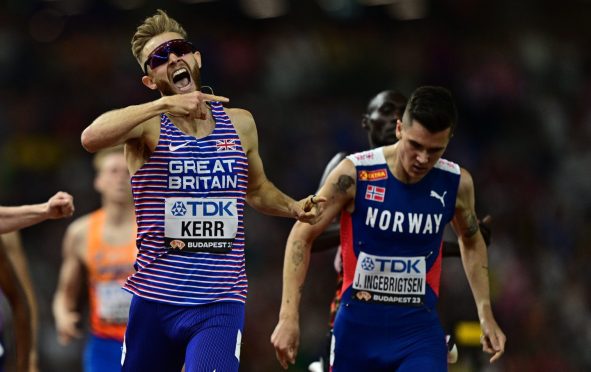If we don’t have a suitable word in English, we steal one. We assimilate words: kayak (from Greenlandic), waffle (from the Dutch), shampoo (from Hindustani).
I find this perfectly acceptable. We enrich our language, keeping it flexible and equipped to describe new things and fresh ideas. New things need new words.
However, not all newly-coined words are good. Lazy usage leads us to create what are really new words by abusing old words. This I find not so acceptable.
Take “anymore”. It should be two words, but under the influence of our American cousins it is becoming one word. It now seems to be acceptable to write “I don’t care anymore”. But I do care. “Any more” is two words.
We’re not, thank goodness, like the Germans, who love amalgamations. Backpfeifengesicht, for instance, which describes someone you think deserves a slap in the face (violent, these Germans). Or Donaudampfschiffahrtsgesellschaftskapitän, which means “Danube steamship company captain” but looks horribly unwieldy to English speakers.
Shorter, but just as ridiculous, is the incorrect use of “forever” as one word. You could say you have “found your forever home”, using it as an adverb, and that would be acceptable. But if you want to “live there forever”, then you are wrong because “for ever” used this way is two words.
Alright, have you got that? Well I certainly haven’t got that because I don’t accept “alright” as one word. Alright is not all right. Unfortunately, most modern dictionaries do accept alright, as one word. Those dictionaries are wrong.
We should never accept what dictionaries say without question. My opinion on words often differs from what I read in dictionaries. Just because their opinion is in print doesn’t mean it is set in stone.
“Anyway” is also misused. I don’t like to see it used in any way that is incorrect.
Most annoying of all is a particular amalgamation of two very small words. I hate seeing “onto” as one word. Despite widespread usage as one word, and you will find dictionaries listing this this going back centuries, there is no such word as onto. No one would use upto as one word.
“On” is a word. “To” is a word. “Onto” is not a word, no matter what a book says.
Within reason (I don’t suggest you invent your own spelling convention) make up your own mind on which are proper words and which are not acceptable. Dictionaries are not infallible.
Word of the week
Plew (noun)
A word for “beaver pelt” borrowed from Canadian French. E.G. “Plew is an old example of a word that worked its way into English.”.
Read the latest Oh my word! every Saturday in The Courier. Contact me at sfinan@dctmedia.co.uk





